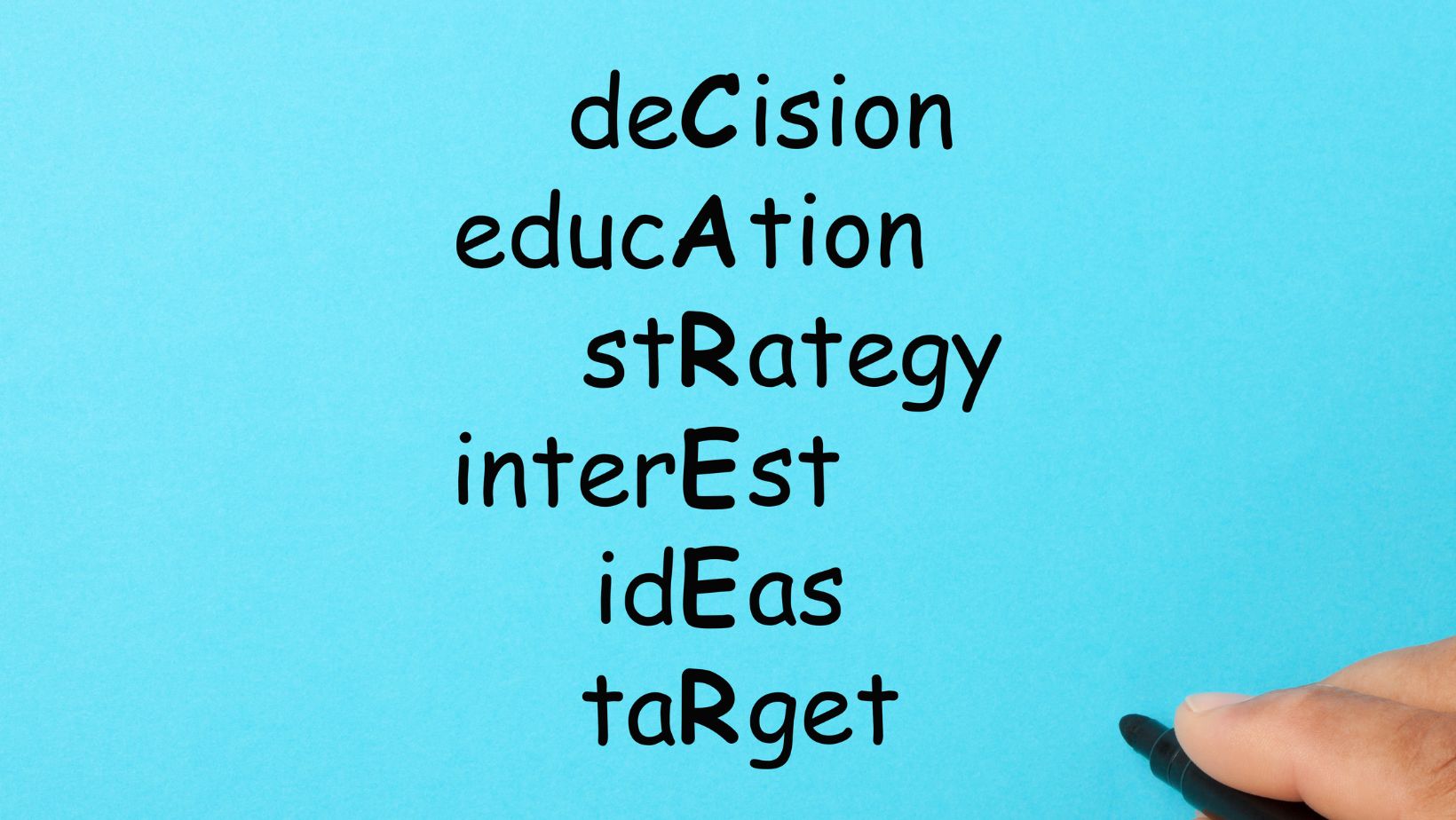Are you a crossword enthusiast looking to sharpen your solving skills? Unraveling the mystery behind “strategies crossword clue” can be both challenging and rewarding. Whether you’re a novice or a seasoned puzzler, understanding the strategies employed in crossword puzzles is key to unlocking their secrets. By delving into the world of crossword clues, you can enhance your problem-solving abilities and boost your overall cognitive function.
In this article, explore the art of deciphering crossword clues and uncover the tactics that will elevate your puzzling game to the next level. From deciphering cryptic hints to unraveling wordplay, mastering the strategies behind crossword clues is a gratifying journey that promises hours of brain-teasing fun. Join us as we unravel the intricacies of “strategies crossword clue” and embark on a quest to decode the language of crosswords.
Strategies Crossword Clue
Types of Clues
Crossword clues come in various forms, each requiring a unique approach for decoding. Understanding the different types can significantly improve one’s success rate in solving crosswords. Here are some common crossword clue types:
- Direct Clues: These clues straightforwardly define the answer they are looking for without any wordplay involved.
- Cryptic Clues: Often found in advanced crosswords, cryptic clues require a deeper level of thinking as they involve wordplay, anagrams, hidden words, and other linguistic devices to hint at the answer.
- Rebus Clues: These clues contain pictures or symbols that represent the answer or parts of the answer, adding a visual element to the puzzle.
Mastering the art of deciphering crossword clues involves practice, patience, and a keen eye for detail. By honing these strategies and contextual tips, crossword enthusiasts can enhance their problem-solving skills and enjoy the gratifying challenge of cracking each clue.
Common Strategies for Solving Crosswords
The Fill-in-the-Blank Strategy
Mastering the fill-in-the-blank strategy involves recognizing patterns and clues within the crossword grid. It’s essential to look for short words or phrases that can easily fit into the blanks based on the provided letters. By identifying common prefixes, suffixes, or frequently used words in crosswords, solvers can efficiently fill in the blanks and uncover additional clues within the puzzle.
Synonym Replacement Strategy
 The synonym replacement strategy in crossword solving relies on understanding that clues often contain synonyms or alternative phrasings for the answer. By identifying these synonyms or related terms, solvers can broaden their search scope within the grid and connect the dots between clues and solutions. This technique enhances the solver’s ability to decipher complex clues by exploring various linguistic expressions that correspond to the answers.
The synonym replacement strategy in crossword solving relies on understanding that clues often contain synonyms or alternative phrasings for the answer. By identifying these synonyms or related terms, solvers can broaden their search scope within the grid and connect the dots between clues and solutions. This technique enhances the solver’s ability to decipher complex clues by exploring various linguistic expressions that correspond to the answers.
Homophone Clues
Homophone clues present a unique challenge in crosswords as they involve words that sound alike but have different meanings or spellings. Solvers tackling homophone clues must focus on auditory similarities rather than visual representations to pinpoint the correct answer. By listening to the wordplay and considering homophones that match the clue’s context, solvers can effectively decipher these tricky clues and progress through the crossword puzzle with confidence.
Advanced Tactics for Crossword Enthusiasts
Breaking Down Compound Clues
Understanding compound clues in crossword puzzles is crucial for solving intricate challenges efficiently. These clues combine multiple elements, such as wordplay, synonyms, or cryptic indicators, to test the solver’s ability to decipher complex and layered information.
Cryptic Crossword Strategies
 Cryptic crosswords pose a unique challenge with their cryptic wordplay and intricate clue constructions. To excel in deciphering cryptic clues, crossword enthusiasts can utilize specific strategies tailored to these puzzling variations.
Cryptic crosswords pose a unique challenge with their cryptic wordplay and intricate clue constructions. To excel in deciphering cryptic clues, crossword enthusiasts can utilize specific strategies tailored to these puzzling variations.
One effective tactic is to focus on identifying cryptic indicators within the clue. These indicators signal that a hidden wordplay technique is at play, prompting solvers to think beyond the literal meaning of the words presented. By recognizing common indicators like “broken,” “mixed,” or “strange,” solvers can unravel the cryptic elements embedded in the clue and decipher the intended answer accurately.
Additionally, employing anagram-solving skills can be invaluable when tackling cryptic crosswords. Recognizing anagrams within clues and rearranging letters to form new words are essential techniques for cracking cryptic puzzles. Practice and familiarity with common letter rearrangements can significantly enhance a solver’s ability to navigate and solve cryptic crossword clues efficiently.

